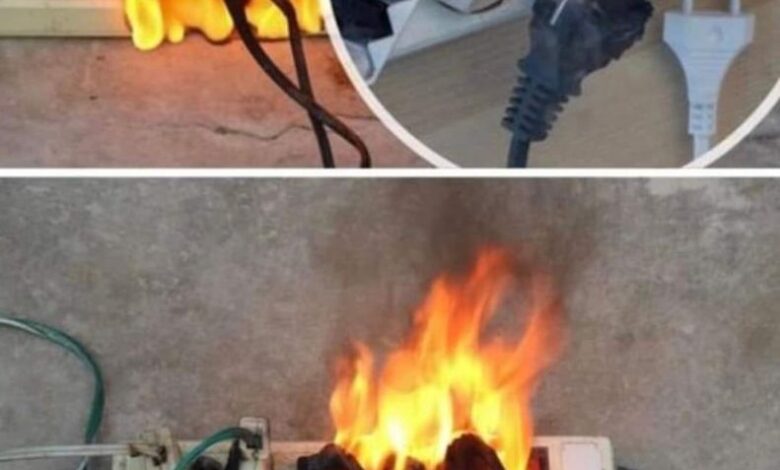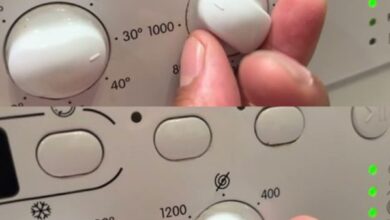
9 Things You Should Never Plug Into A Power Strip

In our daily lives, there are commonplace items around the house that often go unnoticed, yet some of these seemingly benign objects can pose significant risks, essentially acting as potential hazards.
Among these items, power strips stand out as convenient but potentially perilous devices. Despite their usefulness, they carry inherent dangers, with the risk of overload leading to failure and, in extreme cases, fire.
Before indiscriminately plugging various appliances into a power strip, it’s crucial to consider its power capacity, usually indicated on the power cable. Moreover, certain appliances should never find their place in a power strip to avert serious consequences.
If you discover that your power strips are overloaded, it’s imperative to disconnect all devices and carefully reassess what goes into each plug. Moreover, there are specific appliances that should never be connected to a power strip under any circumstances.
Oven: Despite not being in continuous use, ovens are power-hungry appliances that demand a dedicated wall outlet on a separate circuit.
Refrigerator: Even energy-efficient refrigerators draw too much power to be accommodated by a power strip. It is advisable to plug them into a dedicated outlet on their individual circuit breaker.
Washing Machine: Often underestimated, washing machines consume considerable power and should never share a receptacle with other appliances. Ideally, they should be directly plugged into an outlet, preferably on their own circuit.
Heating Devices: Auxiliary heating sources, while useful, carry their own risks. To use them safely, it’s important to plug them into a dedicated receptacle, avoiding power strips to prevent circuit overloads.
Microwave: Despite infrequent use, microwaves consume substantial energy. Best practice involves plugging them into a dedicated receptacle rather than a power strip.
Coffee Maker: The energy consumption of coffee makers is often underestimated. To prevent potential hazards, they should never be connected to a power strip or extension cord.
Toaster: When in use, toasters can draw significant energy. Plugging them directly into a receptacle, bypassing power strips, is the safest approach.
Another Power Strip: Stacking power strips is a hazardous electrical practice, ranking high on the list of potential fire starters. It’s a risky move to plug one power strip into another, and it’s best avoided.
Electronics (Computer, TV, Router): Electronic devices, such as computers, TVs, and routers, should never be connected to power strips. Although they may not individually consume substantial power, their sensitivity to surges makes direct outlet connections essential to prevent quick burnouts.
Being mindful of these guidelines ensures a safer household environment, minimizing the risks associated witheveryday items we often take for granted.





